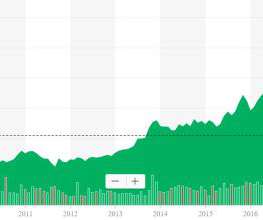Why Diversification Fails at Banks
South State Correspondent
MAY 15, 2024
We believe that while lending diversification leads banks to lend more in normal times (especially for banks over $50B in assets) and does benefit the general economy, community banks should be careful in how and where they choose to diversify. It is hard to achieve geographical diversification within a bank’s footprint.


























Let's personalize your content